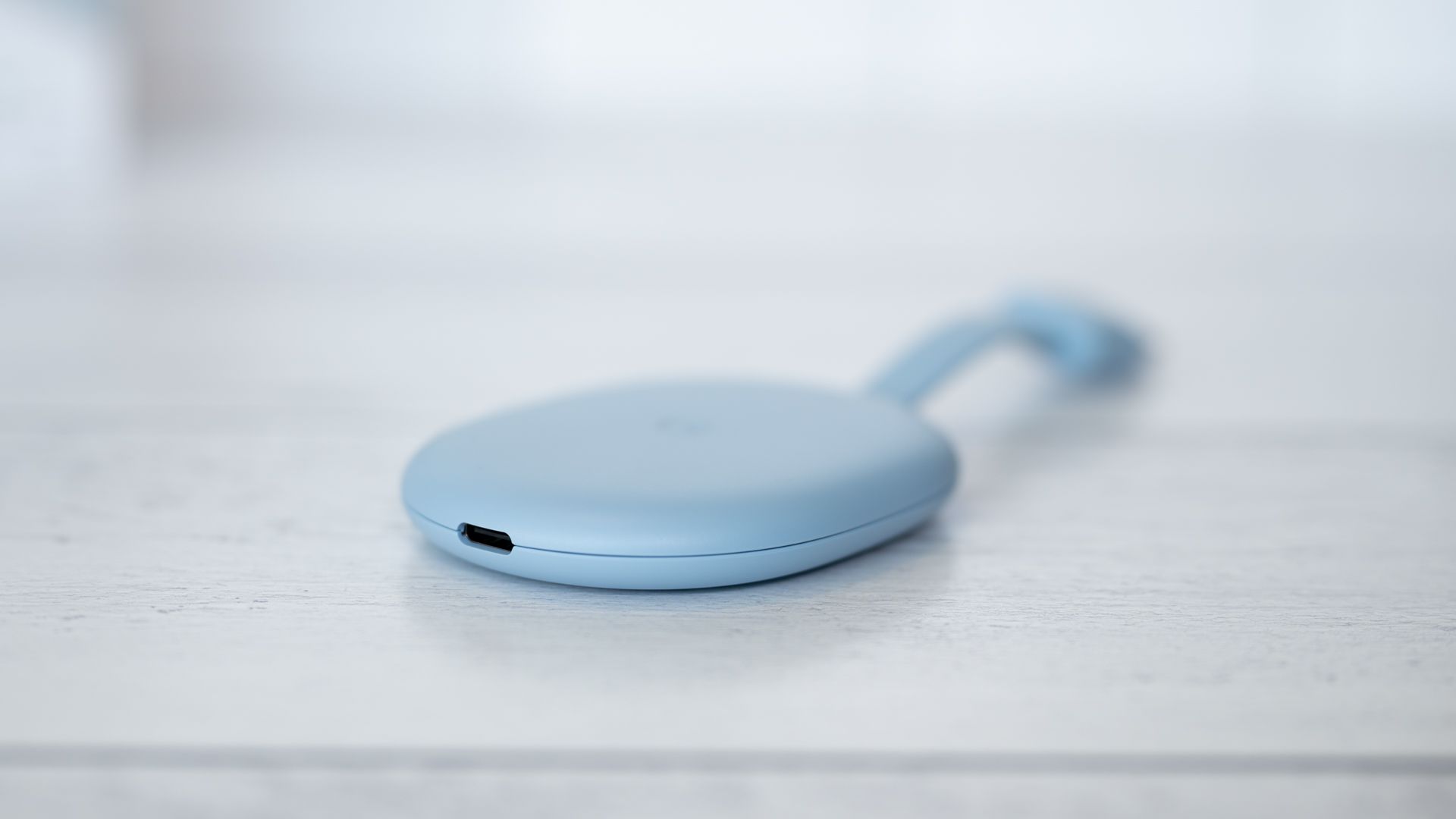#How to Check If Your Neighbors Are Stealing Your Wi-Fi

Table of Contents
“How to Check If Your Neighbors Are Stealing Your Wi-Fi”

You may be suspicious that a neighbor is using your Wi-Fi without permission. Maybe you gave out the password once, or your internet connection seems slower than normal. Here’s an ironclad way to tell if someone is stealing your Wi-Fi.
The Proof Is in Your Router
If your internet connection feels slower than usual, you might suspect someone is using up your bandwidth through Wi-Fi. But slow internet is no proof: There could be many other reasons why your internet is slow. The only surefire way to see if someone is using your Wi-Fi is by looking at a list of connected devices in your router or Wi-Fi access point’s interface.
To do so, you’ll need to consult your router’s documentation on how to access the router’s configuration interface. Almost all consumer routers provide access through a web browser at a special, local-only address (such as 192.168.0.1 or 192.168.1.1), and others even provide access through mobile apps.
Once you’ve logged in to your router, you’ll need to find where it lists devices that are connected to your Wi-Fi network. This can commonly be found under options such as “Status,” “Wireless Status,” or “Traffic Control,” among others.
Since there is no standard router interface, the path to find the list of connected devices may vary dramatically between router vendors. We’ll just use a Synology router’s interface as an example. In this router, you can see a list of devices by clicking “Network Center,” then selecting “Traffic Control” in the sidebar.

As we said, your router’s interface will likely be different. Once you’re on your router’s wireless connection status screen, you’ll see a list of Wi-Fi devices connected to your network. Look for unfamiliar names in the list of devices. Any unfamiliar names you see might be devices used by your neighbors to connect to your Wi-Fi network.
To be completely sure, you need to rule out any of your own devices on that list. Between smart TVs, game consoles, streaming devices, smart home gadgets, tablets, smartphones, and more, you may have more Wi-Fi clients than you realize. It can be a little surprising to see them all listed out for the first time. And be aware that not all of your authorized Wi-Fi devices will have obvious names—they may be listed as MAC addresses instead.
If you’re unsure whether a certain device on the list is yours or not, you’ll need to compare the MAC addresses of the devices you own with the devices on the list, which can be time-consuming if you have a lot of Wi-Fi clients. Also, some of your devices may provide new, random MAC addresses for privacy reasons, which can complicate this matching process.
If anything illegal or dangerous has happened as a result of your neighbor using your Wi-Fi, you might want to take screenshots of your router’s wireless device connection list, capturing MAC addresses in particular. This might provide some proof that the connection took place—in case it comes in handy later.
What Should You Do About It?

If you’ve positively identified a device connected to your Wi-Fi network that’s not supposed to be there, there are several different avenues you can take. We’ve written a larger guide to stopping your neighbors from stealing your Wi-Fi, but we’ll cover a few of them here:
RELATED: How to Stop Your Neighbors From Stealing Your Wi-Fi
- Add or Change Your Password: In most cases, the first thing you should do is change your Wi-Fi password and reboot your router. You’ll have to enter the new password into all of your Wi-Fi devices so they can reconnect, however. If you’re not using a password to begin with, lock down your router and stop providing an open access point.
- Temporary Block or Ban: Many routers allow blocking devices using MAC address filtering. Some (like the Synology interface shown above) even allow you to block devices directly from the connected devices list. This isn’t foolproof because MAC devices can be spoofed, and some devices purposely change their MAC addresses to get around being clearly identified. If you do this, it should only be a temporary solution until you secure your Wi-Fi access point.
- Strengthen Your Encryption: If someone is connected to your Wi-Fi network and you haven’t given out the password, you have a much bigger problem. That means someone has hacked into your Wi-Fi network, and if so, the odds are high that you’re using an insecure, obsolete form of Wi-Fi encryption. Avoid WEP, WPA1, and WPA2-TKIP. Switch to WPA2 Personal/Professional or WPA3 Personal/Professional if possible.
- Get a New Router: If your router is old, it might not support the latest security standards, or it might have bugs that nefarious neighbors can exploit to gain access to your internet connection. If that’s the case, you should upgrade to a newer router as soon as possible.
As noted above, there are more options, but those listed here work the best for most cases. Good luck, and stay safe out there!
If you liked the article, do not forget to share it with your friends. Follow us on Google News too, click on the star and choose us from your favorites.
For forums sites go to Forum.BuradaBiliyorum.Com
If you want to read more like this article, you can visit our Technology category.




